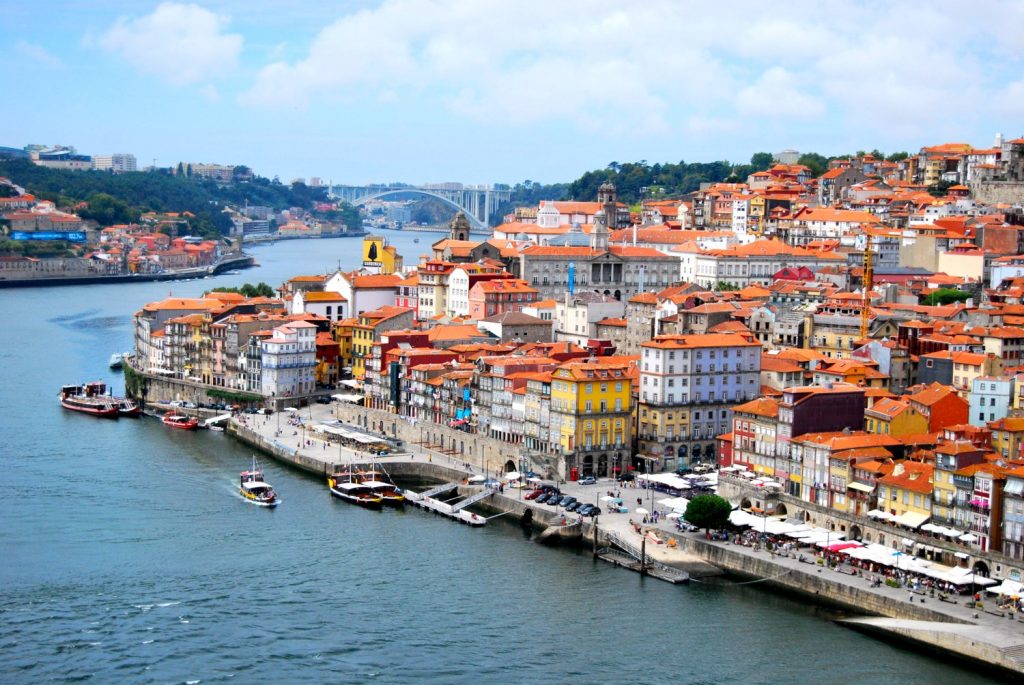Porto is one of the oldest tourist destinations in Europe that benefits from a privileged geographical location, complemented by a modern communications and transport network.
During the 1980s and 1990s, the archaeological investigations carried out at the back of the Cathedral, allowed to identify a stratigraphic profile that illustrates the evolution of the primitive nucleus of the city, concluding that its occupation has been almost continuous since the end of the Bronze Age.
Throughout this time, and particularly in the last thousand years, this small piece of territory and its people had a primordial and unique role in the history of Portugal. It was in Porto that the name of the country, Portus Cale, appeared, that the first impulses for the voyages of the discoveries occurred, it was mandatory point of the mercantile activity, where the exports of the port wine began, celebrated until today. The most important city in the North of Portugal gave its name to the famous portuguese wine. To distinguish the importance of this city, in 1996 UNESCO gave it the status of World Heritage City.
Known as the Invicta City, that is, invincible, Porto was considered the Best European Destination in 2014 and 2017, and the 2nd Best World Destination “in 2019 due to its unique characteristics that attract thousands of visitors every year. A vast Cultural Heritage leaves enchanted the visitors. Porto has a set of unique monuments and historic spaces – Porto Cathedral, São Francisco Church, decorated with 370 kilograms of gold, Clérigos Church and Tower, São Bento Station, Palácio da Bolsa, Lello e Irmão Bookstore, Luis I Bridge, famous Port Wine caves in Vila Nova de Gaia, cruises on the Douro River among many and many others.
Let’s go to Porto 🙂



